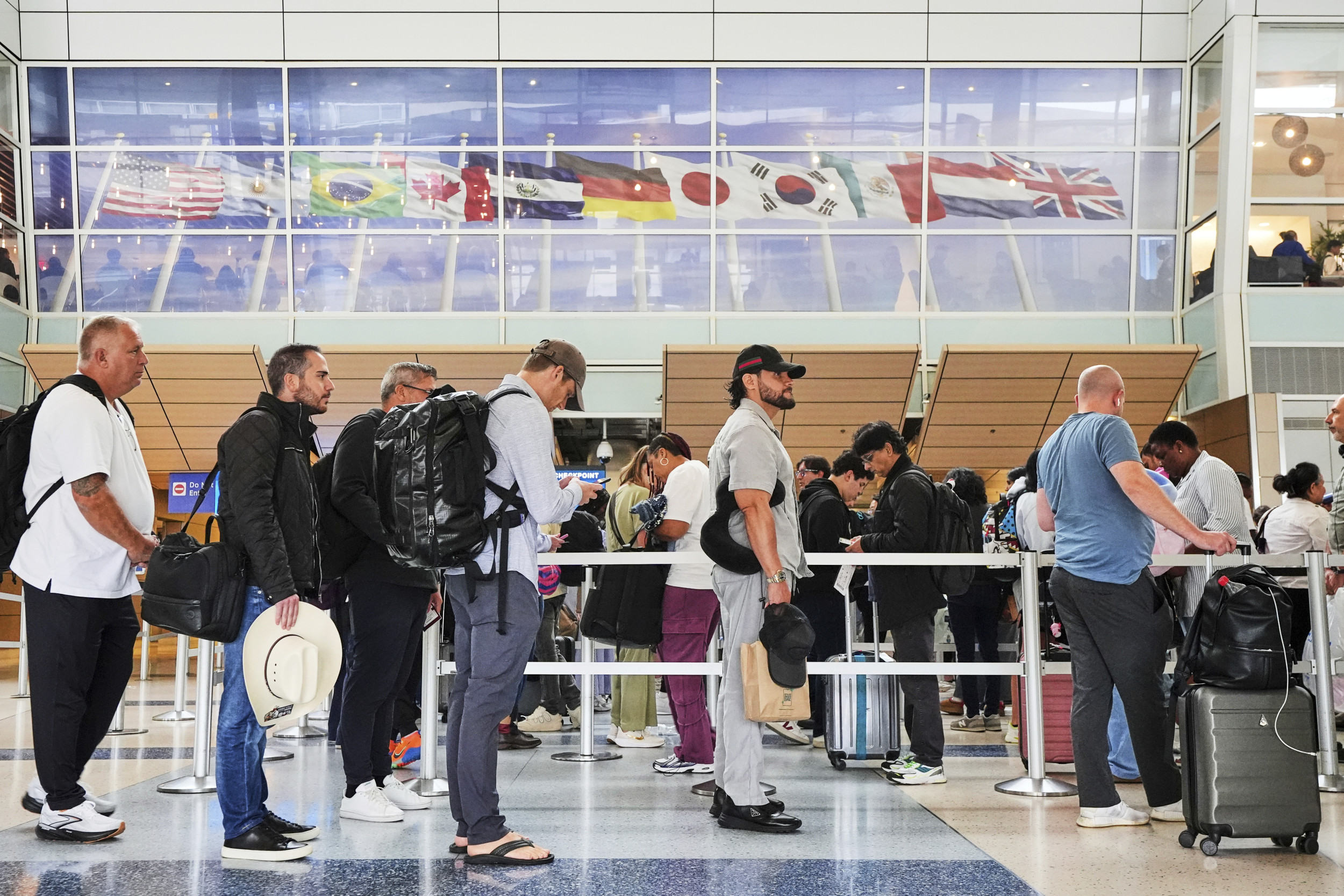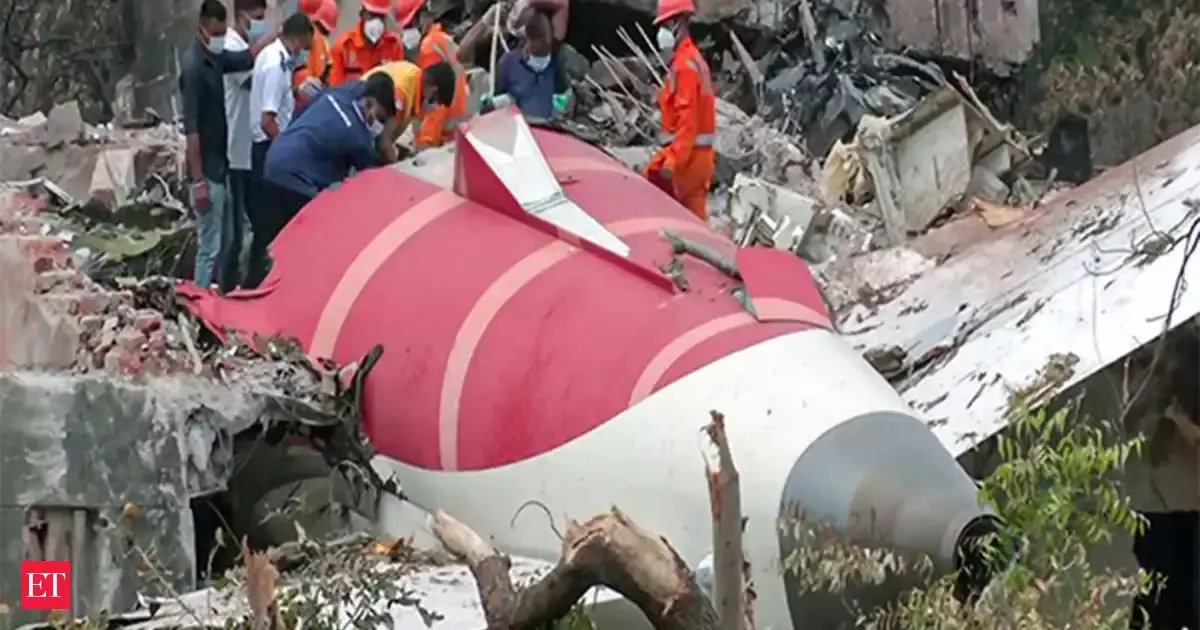
A massive telecommunications outage caused chaos at Dallas–Fort Worth International Airport (DFW) and Dallas Love Field on Friday, forcing federal officials to halt flights, and leaving thousands of travelers stranded across the region.
Newsweek has contacted the Federal Aviation Authority (FAA), DFW International Airport, and Dallas Love Field for comment via email.
Why It Matters
Flight delays on this scale ripple far beyond Dallas. Thousands of stranded passengers mean missed family events, lost business opportunities, and cascading disruptions at airports nationwide.
The incident also underscores vulnerabilities in the U.S. aviation system—where a single technical failure can ground flights across the country—raising fresh concerns about whether America’s aging air traffic infrastructure can keep pace with record travel demand.
What To Know
The FAA said it was forced to slow and stop flights after a “local telephone company equipment issue” disrupted air traffic systems, according to CBS.
The outage, which the FAA stressed did not involve its own equipment, affected both Dallas–Fort Worth and Love Field, two of the nation’s busiest airports.
The FAA halted departures into DFW until 11 p.m. ET and into Love Field until at least 8:45 p.m. Officials warned delays would ripple through the evening. “The FAA is working with the telephone company to determine the cause,” the agency said.
By late Friday afternoon, nearly 1,800 flights were delayed and hundreds canceled, according to FlightAware. At DFW, about 700 flights were delayed and 200 canceled. Love Field saw 160 delays and at least one cancellation.
American Airlines, the largest carrier at DFW, canceled more than 200 flights and delayed over 500, impacting roughly a quarter of its schedule. Southwest Airlines reported more than 1,100 delays, or 27 percent of its flights.
The disruptions left passengers scattered across terminals and stuck on grounded planes for hours. One traveler from Allen, Texas, hoping to visit her son in the military in Florida, said she would miss the trip entirely. “I haven’t seen him in about 10 months,” she told CBS. “Sadly, all the flights tomorrow are booked also, so I’ll be missing my weekend with him.”
Others faced even more grueling detours. A passenger from Columbus, Ohio, described her first solo flight turning into a seven-hour ordeal after her plane was rerouted to Oklahoma. “It was supposed to be a two-and-a-half-hour flight,” she told CBS. “People were annoyed. Some almost drove home.”
The outage adds to a series of high-profile technical and staffing issues plaguing the FAA this year. On Thursday, the agency slowed flights into Denver International Airport after automation problems required manual handoffs between air traffic controllers.
Congress recently approved $12.5 billion to modernize the nation’s aging air traffic control network, which FAA leaders admit is suffering “tech issues almost every day.”
The system has also faced mounting public alarm over near-misses, staffing shortages, and a deadly January crash involving an American Airlines jet and a U.S. Army helicopter.
What Happens Next
Flights have now been resumed, though delays persist, and are likely to continue.



